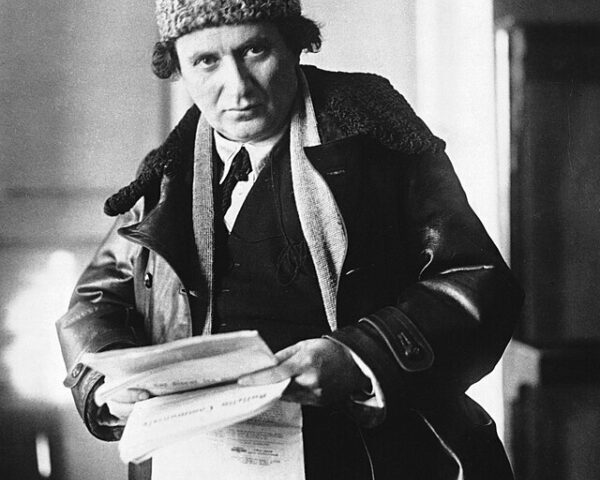After the terrorist attacks of September 11, 2001, we said we would never forget. Over a decade later, the physical embodiment of that commitment began rising from the ashes, glistening in the New York City skyline and telling the world that the United States would not stay knocked down. Some call it World Trade Center One, but most of us call it The Freedom Tower and on November 3, 2014 it opened for business.
As the city and the nation reeled from the attacks, which set into motion the series of U.S-led military operations dubbed the War on Terror, it was decided that the Twin Towers should be replaced by new office buildings, parks, a museum, and a memorial to those who died. In 2002, after cleanup and recovery efforts had concluded, the Lower Manhattan Development Corporation announced a competition to find the chief architect of the new structure. Daniel Libeskind, a Polish-American architect then in charge of a studio in Berlin, won and became the site’s master planner. In reality, however, a number of people and entities, including then-Governor George Pataki, leaseholder Larry Silverstein, and the Port Authority of New York and New Jersey, wrestled over what would happen to the space commonly referred to as “Ground Zero,” writes The History Channel.
In 2004, Silverstein’s preferred architect, David Childs, officially took over, with Libeskind staying on as the planner of the site. Childs’ “final” design, a symmetrical and more traditional tower that tapers into an octagon at its midway point and then back into a rectangular prism, was unveiled in 2005. The New York Police Department requested further alterations, most notably a windowless, solid concrete base. Meant to protect against truck bombs and other potential attacks, the base has was criticized as “a grotesque attempt to hide [the building’s] underlying paranoia” by New York Times architecture critic Nicolai Ourousoff.
Though its cornerstone was laid in 2004, construction on One World Trade did not begin until the summer of 2006. The slow pace of construction—the tower “topped off” in August 2012 and the spire was not installed until May 2013—was a frequent source of consternation for the building’s developers and the city. At the same time, it allowed space for the tower to become more than a reminder of what had been lost. As architecture critic Kurt Andersen put it, “The fact that it’s taken more than a decade to finish, I think —the gradualism—makes that sense of emblematic rebirth more acute and irresistible.”
One World Trade Center is more than just a symbol; it is a testament to human perseverance. It stands as a memorial to the victims of 9/11 and a symbol of the city’s indomitable spirit. The site also includes a memorial plaza with reflecting pools and the 9/11 Memorial Museum, which pays homage to the thousands of lives lost during the terrorist attacks. The tower’s construction and its subsequent reopening were significant milestones in the healing process of a city and a nation deeply affected by tragedy.
In addition to its symbolic significance, One World Trade Center serves as a hub for business and commerce in Lower Manhattan. It houses numerous office spaces, observation decks, and a variety of retail establishments. Its location at the heart of the Financial District makes it a prominent fixture in New York City’s skyline and an integral part of the city’s economic and cultural life. The tower’s significance goes beyond its physical presence, embodying the spirit of resilience, progress, and remembrance in the face of adversity.






